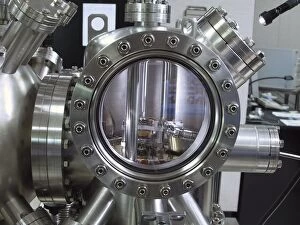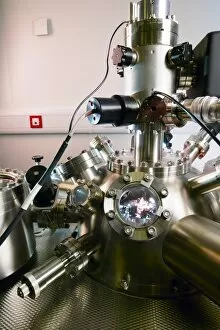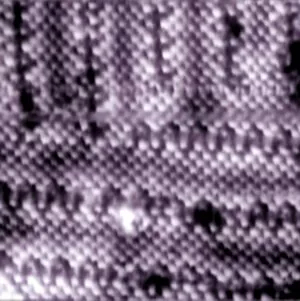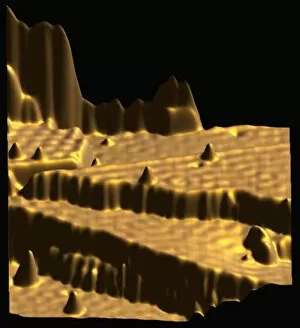Scanning Tunnelling Microscopy Collection
"Exploring the Nanoscale World
For sale as Licensed Images
Choose your image, Select your licence and Download the media
"Exploring the Nanoscale World: Unveiling Secrets with Scanning Tunnelling Microscopy" Scanning tunnelling microscopy (STM) has revolutionized our understanding of the nanoscale world, allowing scientists to delve into realms previously unseen. With cutting-edge technology like the scanning probe microscopy sample holder C016/3820 and ultra-high vacuum nanoprobe, STM enables researchers to investigate materials at an atomic level. One fascinating field benefiting from this powerful technique is spintronics research. STM plays a pivotal role in unraveling the mysteries of spin-based electronics, which holds immense potential for future technological advancements. By manipulating electron spins within materials using STM, scientists are paving the way for faster and more efficient electronic devices. The versatility of STM shines through as it continues to contribute significantly to various areas of spintronics research. Its ability to visualize and manipulate individual atoms on surfaces has opened up new avenues for studying magnetic properties and exploring novel phenomena that could lead to groundbreaking applications. Superconductor surfaces have also become a focal point in STM studies. By observing these unique materials at such a minuscule scale, researchers can gain insights into their behavior and uncover mechanisms behind superconductivity—a phenomenon where electrical resistance vanishes entirely—paving the way for advancements in energy transmission and storage technologies. In summary, scanning tunnelling microscopy serves as an indispensable tool in scientific exploration by providing unprecedented access to observe matter on an atomic scale. From its contributions in spintronics research to unraveling secrets hidden within superconductor surfaces, this remarkable technique propels us towards unlocking endless possibilities in nanotechnology and beyond.




